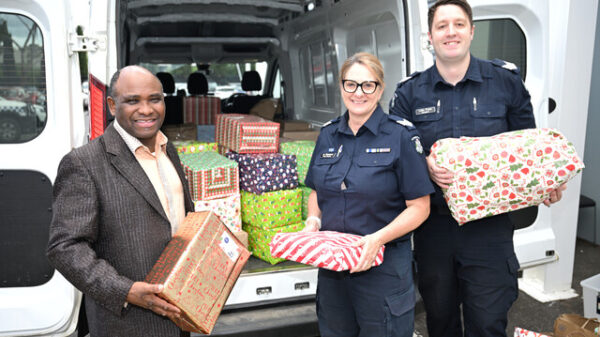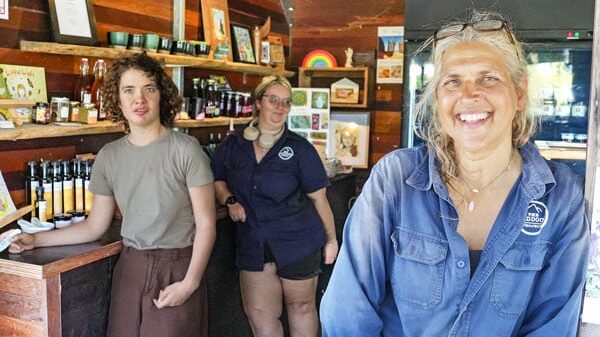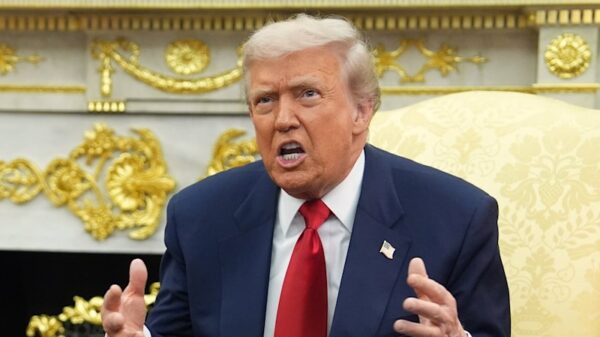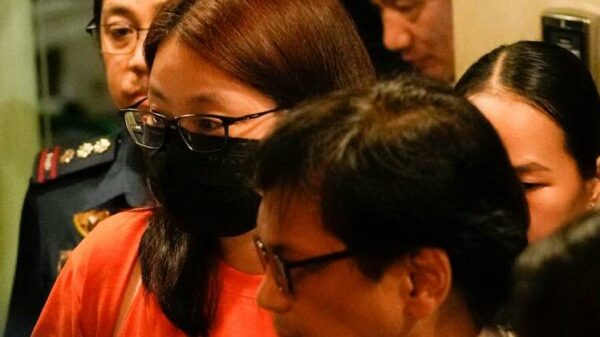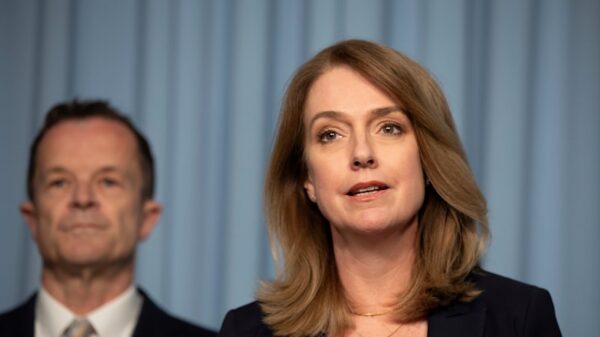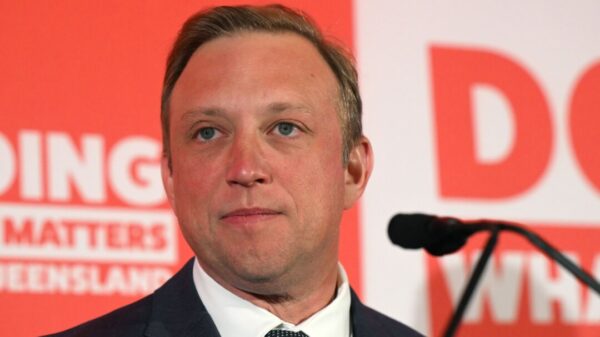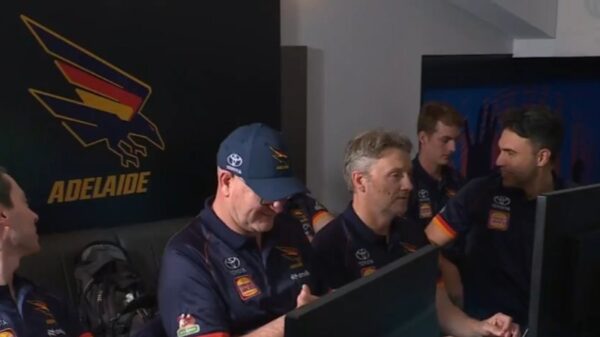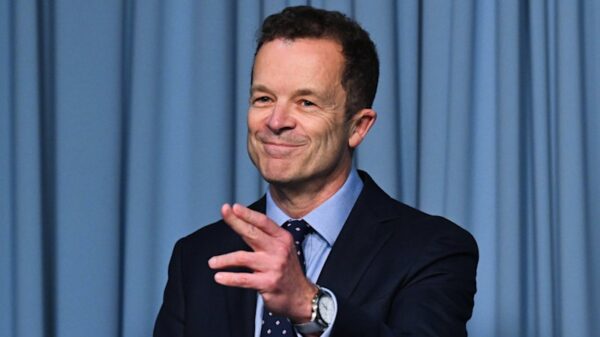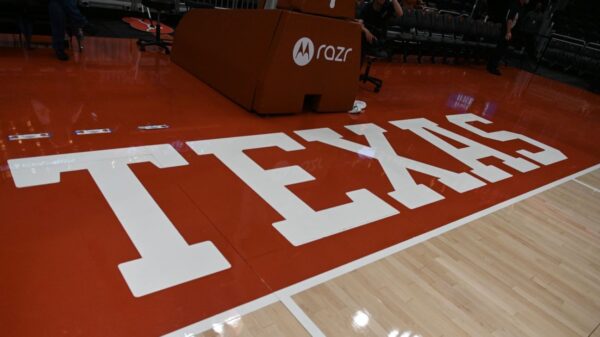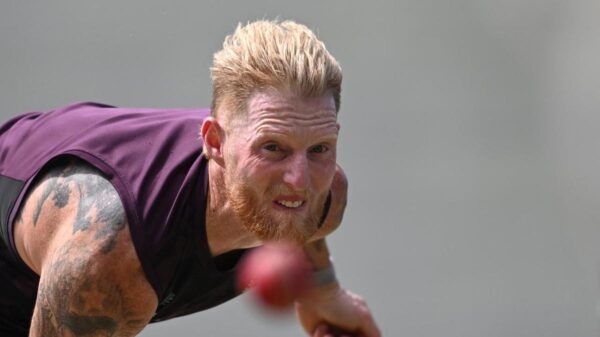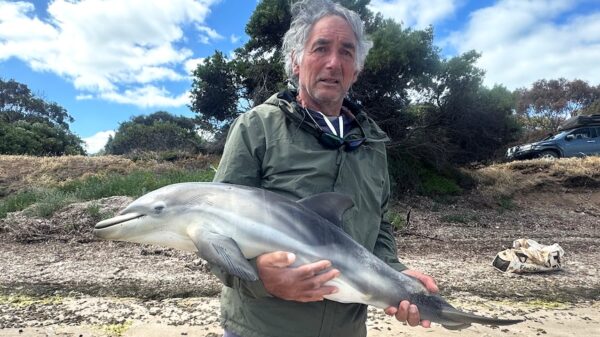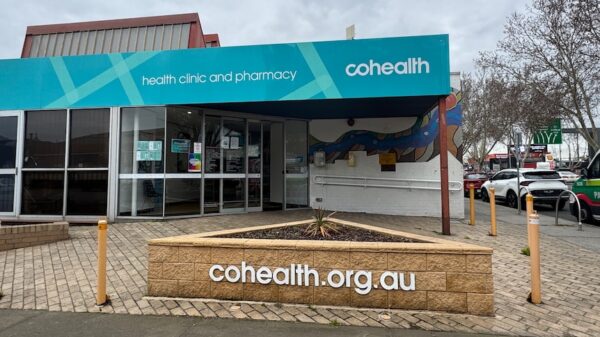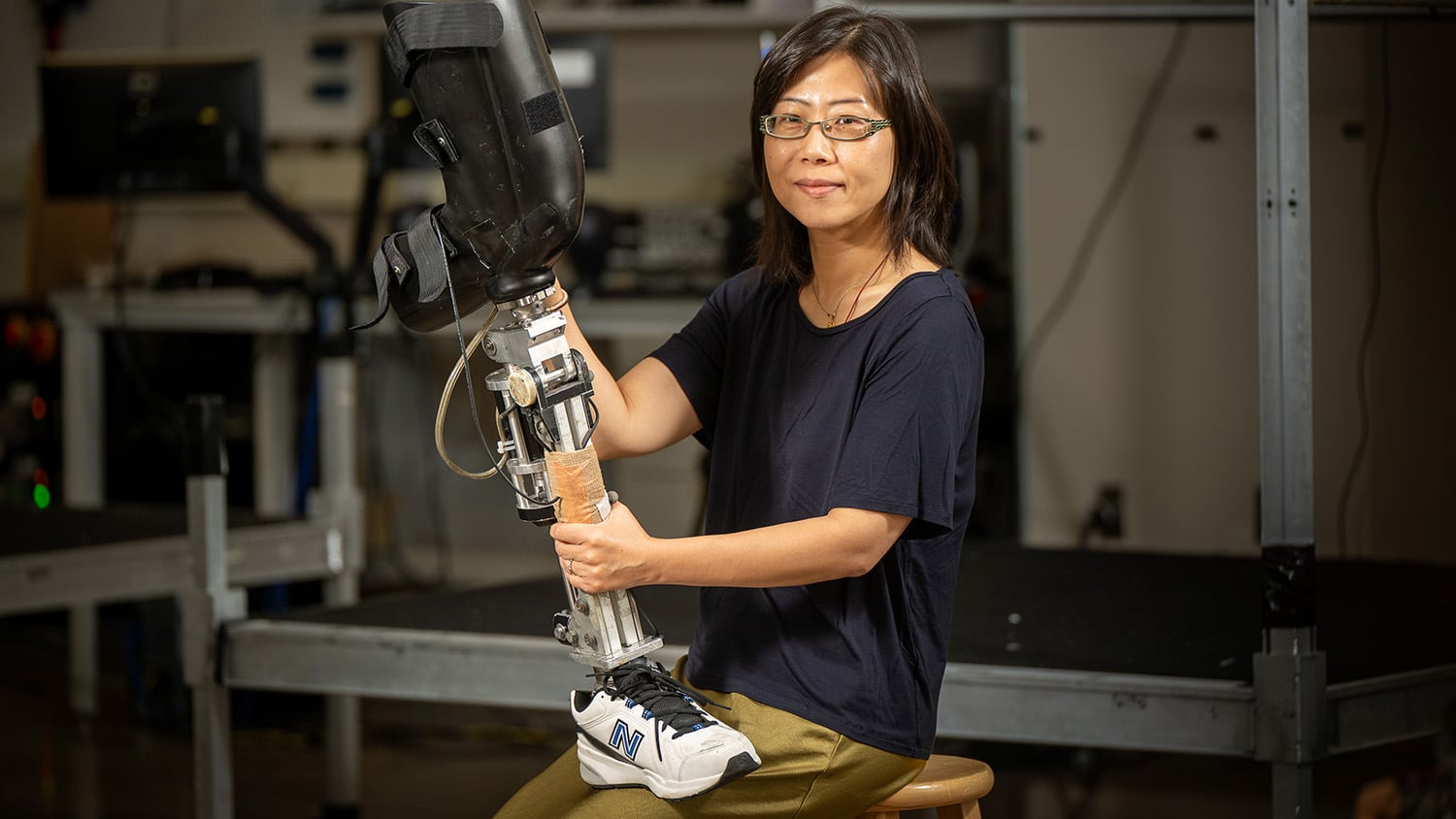On World Children’s Day, the Global Accelerator for Paediatric Formulations Network (GAP-f) is renewing its call for enhanced access to essential medicines tailored for children. Millions of children, especially in low-resource settings, face significant barriers to receiving necessary medications due to persistent gaps in research, policy implementation, and timely investment.
Earlier this year, on the margins of the 77th World Health Assembly, GAP-f launched its Strategic Roadmap 2025–2030. This roadmap aims to address the critical paediatric medicines gap by establishing three key shifts designed to create a more equitable and sustainable response to children’s healthcare needs. The initiative seeks to integrate scientific research, policy development, and practical delivery systems, ensuring that no child is left without access to essential treatments.
Recent Milestones and Strategic Initiatives
In collaboration with the World Health Organization (WHO) and other stakeholders, GAP-f has made significant progress over the past year. They have completed a series of prioritization exercises focusing on pressing health issues affecting children, including respiratory syncytial virus (RSV), malaria, epilepsy, dengue, and sickle cell disease. These areas were identified through transparent prioritization principles that guide the network’s focus on the most urgent health challenges.
Dévora Kestel, Director a.i. of the Noncommunicable Diseases and Mental Health Department at WHO, stated, “The PADO-Epilepsy report charts a shared path to accelerate access to child-friendly medicines for the treatment of epilepsy. By aligning funders, developers, regulators, and procurement partners around clear priorities, the PADO report will be key to translating science into access to paediatric antiseizure medicines.”
Additionally, WHO has released six new target product profiles (TPPs) for child-friendly formulations of essential cancer medicines. These profiles offer pharmaceutical manufacturers a clear and technical blueprint for developing optimized versions of these critical treatments. The TPPs were crafted through a standard WHO procedure, including an expert consultation in December 2023, leveraging global expertise from the GAP-f network.
Enhancing the Essential Medicines List for Children
Under the collaborative efforts of the GAP-f, WHO has conducted a thorough review of the formulations included in the Essential Medicines List for Children (EMLc). This review assessed the perceived needs and formulation gaps among healthcare providers worldwide, analyzed the market for child-appropriate medicines, and evaluated therapeutic suitability across various treatment areas. The findings led to substantial updates to the EMLc, including the addition of 163 new formulations and the removal of 92 outdated formulations.
The review also identified 79 medicines lacking age-appropriate formulations, providing a critical evidence base for WHO and its partners to prioritize through ongoing initiatives. These efforts ensure that the EMLc remains the authoritative global reference for countries and procurement agencies, aligning national formularies with the most suitable options for children.
WHO is now focused on monitoring the uptake of the EMLc and supporting countries, starting with regions in South-East Asia, in identifying solutions to strengthen their paediatric medicines ecosystem. This initiative aims to ensure broad access to age-appropriate formulations for children, ultimately improving health outcomes.
As World Children’s Day is observed, GAP-f emphasizes the importance of collaboration among all partners to achieve a shared goal: better medicines for every child, everywhere. The network is committed to removing barriers to developing and delivering quality, affordable, and accessible medicines, ensuring that children across the globe receive the care they rightfully deserve.


